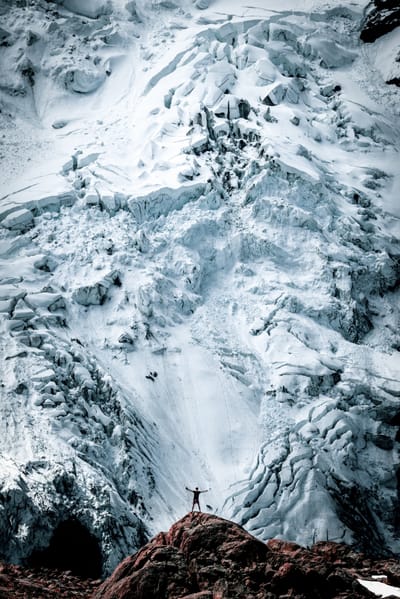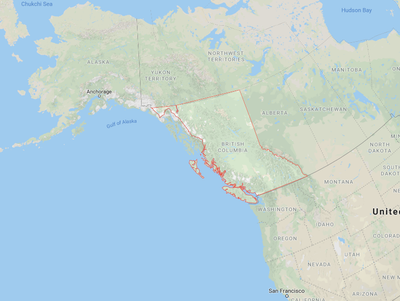Avalanches In British Columbia
Preparations and Disaster Response Plan
Avalanches happen frequently in places near mountains and are extremely dangerous. Anyone could fall victim to them, unless they know how read the signs of possible avalanches and how to survive..
About Avalanches
Avalanches are crushing masses of snow, rocks and ice, it falls down a mountainside with crushing and devastating force.
Most avalanches, thankfully, are small slides of dry powder snow, they are called 'sluffs' and usually don't do too much damage.
Big avalanches, however, are disastrous, they happen when massive chunks of snow loosen and break away from a mountainside. The falling mass can move up to 80 miles per hour within 5 seconds.
This can obviously become quite damaging to unsuspecting people near the mountain, if the avalanche reaches them they can be seriously harmed or killed. Villages on the mountainside or on the mountain can also be damaged. Avalanches can also cause flash floods if large quantities of debris infiltrate the river. Causing water levels to rise.

Disaster Preparedness Plan
Prevention
How To Prevent Avalanches
A way to prevent avalanches is to prevent conditions that lead to avalanches, such as not using explosives on mountains.
Mitigation
How to reduce the effects of avalanches when spotted.
Alert poeple who are in the risk zone and if neccesarry, get them to safety. Move heavy and stable things in the way of the avalanches predicted path to slow it down or block it.
Preparedness
How to prepare ahead of time to make avalanche damage less.
Planting barriers in the way of an avalanche like windmills and walls could slow down or block the avalanche's progress. Bringing awareness to avalanches would also help. Teaching poeple how to recognize the signs of a possible avalanche and how to deal with one would make the damages less. Also, put warning signs to warn people so they're aware.
Response
How to respond during the avalanche.
Try to place as many sparable things you can in the way of the avalanche to slow it down or block it. If you see an avalanche coming, get everyone move to the side as fast as possible, because instinctively, people would run downwards, but that usually doesn't work.
Recovery
Getting the community back to normal after the disaster
After an avalanche, you should search for missing poeple as soon as possible, it is very possible that they are dead but if they're alive, they won't last long. Otherwise, the costs of avalanches can be tremendous and remaking the community, will be hard, but buildings can be rebuilt. Disaster response groups such as the Red Cross and others will help.
Avalanches in British Columbia

- The picture on this page is a picture of British Columbia's spot on the map. It was screenshoted from google maps.
